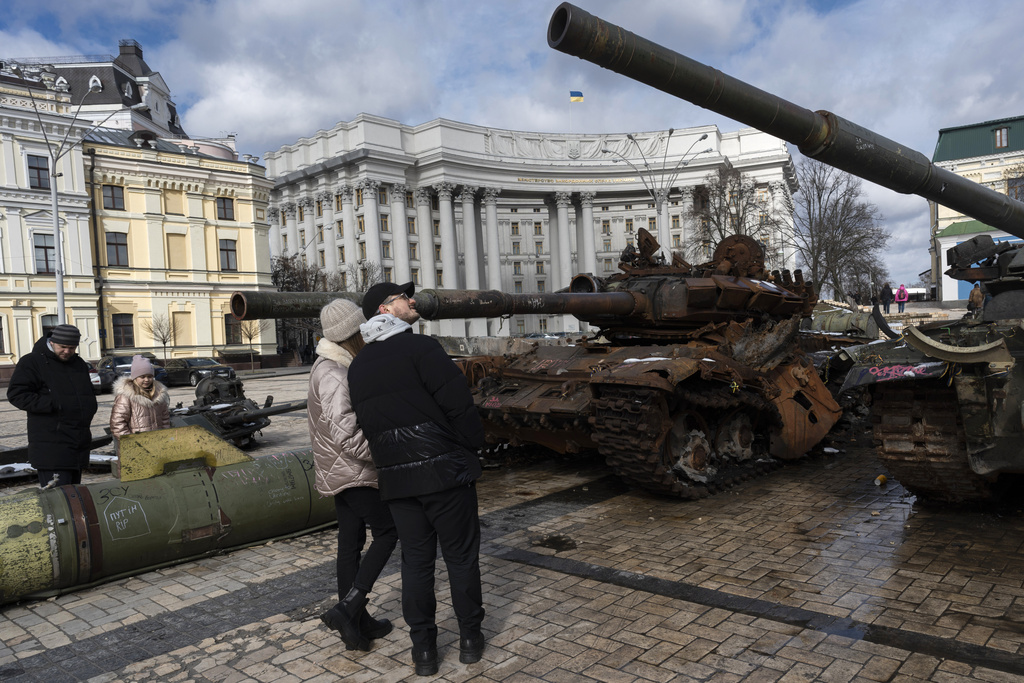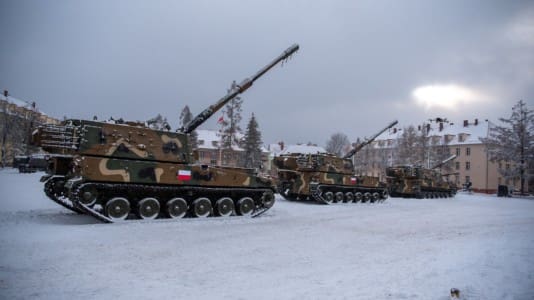Despite over a year of war, neither the Russian nor the Ukrainian economy seems to be on the brink of collapse, Anton Bendarzhevsky, an analyst for Hungary’s Oeconomus economic research foundation, told daily Magyar Nemzet in an interview.
He said that based on current information, both economies could remain viable for years despite claims early in the war that either Ukraine, Russia or both were certain to collapse within months.
“Neither the Ukrainian nor the Russian economy is on the verge of collapse, and both countries can hold out for years. The main difference between the two countries is that Ukraine remains viable mainly thanks to Western aid, and the Ukrainian economy’s losses and recession are mainly compensated for by Western aid, which has proved very important for Ukraine,” he said.
“We only have preliminary data, which shows that the Ukrainian economy will experience a 30.4 percent recession in 2022, but at the beginning of the war, there were expectations of a recession of over 60 percent because the war is on Ukrainian territory,” he added.
U.S. supported Ukraine with $68 billion
Even as the United States struggles with a food stamp crisis, growing poverty, a spiraling crime problem, and cities like Detroit that have faced decades of stagnation and despair, the U.S. continues to funnel tens of billions to Ukraine, a country located on the other side of the Atlantic.
“The recession in Ukraine has been offset by the support of Western countries. This includes, of course, support such as the training of Ukrainian soldiers by the United States and Western NATO members, but the money for this does not directly enter the Ukrainian budget. The total direct and indirect aid to Ukraine exceeded $100 billion in 2022. The United States provided $68 billion in aid to Ukraine last year, including not only direct aid but also indirect aid,” the analyst said.
However, it is not just the U.S. sending money to Ukraine, with much of the West putting their taxpayers on the hook for the war in Ukraine.
“The administrative and logistical costs are also covered by the U.S. government. The biggest donors are the United States, the European Union, plus Britain, Canada, Germany and Poland, some of them with financial aid, but this aid is not just in cash. The financial assistance alone, taken together, amounts to some $37 billion.”
Russia’s internal reserves
The analyst said the Russian economy will not collapse because Russia was prepared for this war, and it was not caught by surprise by the West’s reaction to the invasion.
“The Russian economy has been prepared for the last 10 years so that if there is any tension with the West, the economy can withstand it. Russia has built up substantial reserve funds, and the Russian financial system has been able to operate more or less independently of Western systems. In addition to MasterCard and Visa, the Russians have set up their own bank card system, Mirt, and Chinese Union Pay was available in most Russian banks before the war,” he said.
Although a substantial amount of Russia’s reserves have been seized, the country still has access to much of that money. In addition, sources of revenue continue to flow in, including for energy and other resources, which helps cushion the Russian budget.
“The recession started last year, and of course it will continue this year, but the bottom line is that Russia has $600 billion in reserves, some of which have been seized because of sanctions, but some of which are still available. With this money, the Russian state can still function without having to intervene more seriously in the economy, perhaps by cutting wages or firing a large number of employees in the public sector. If these reserve funds are constantly replenished, Russia will be able to continue functioning for another two to three years.”





